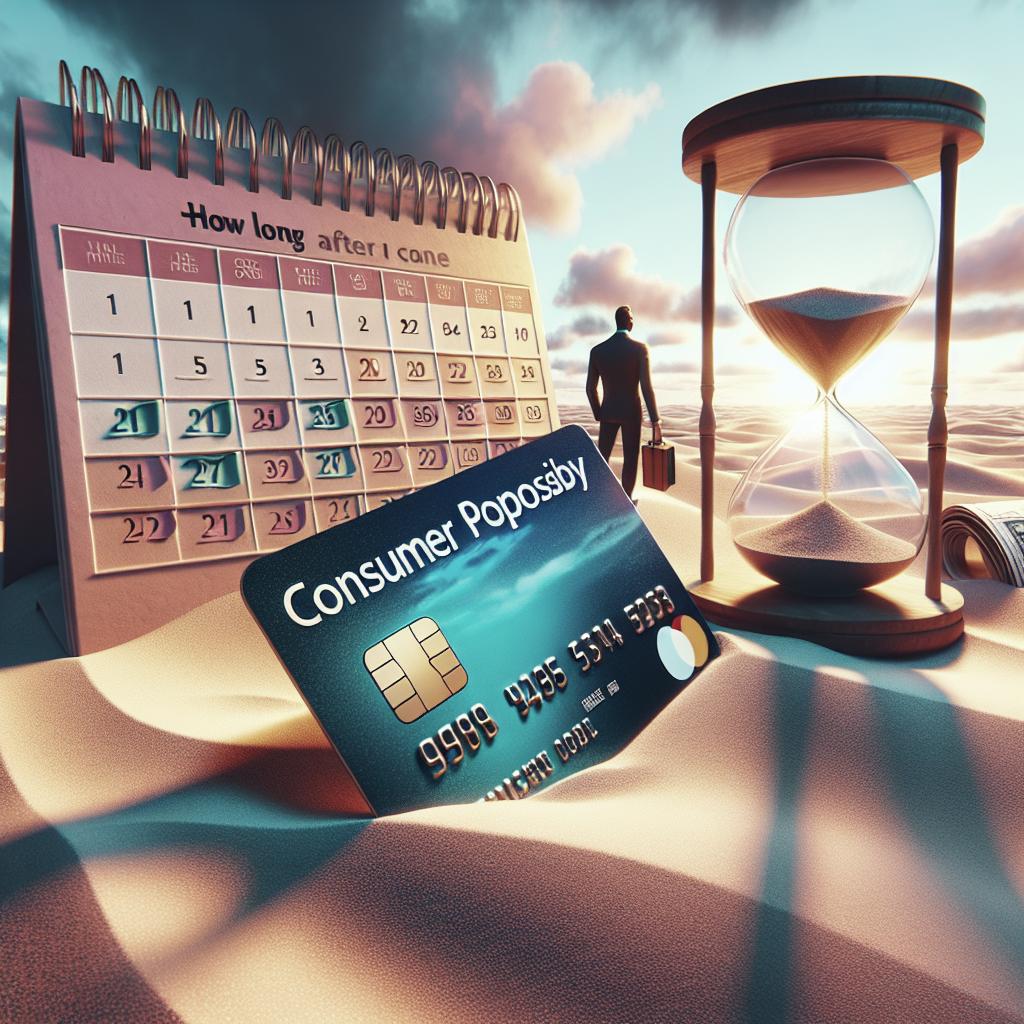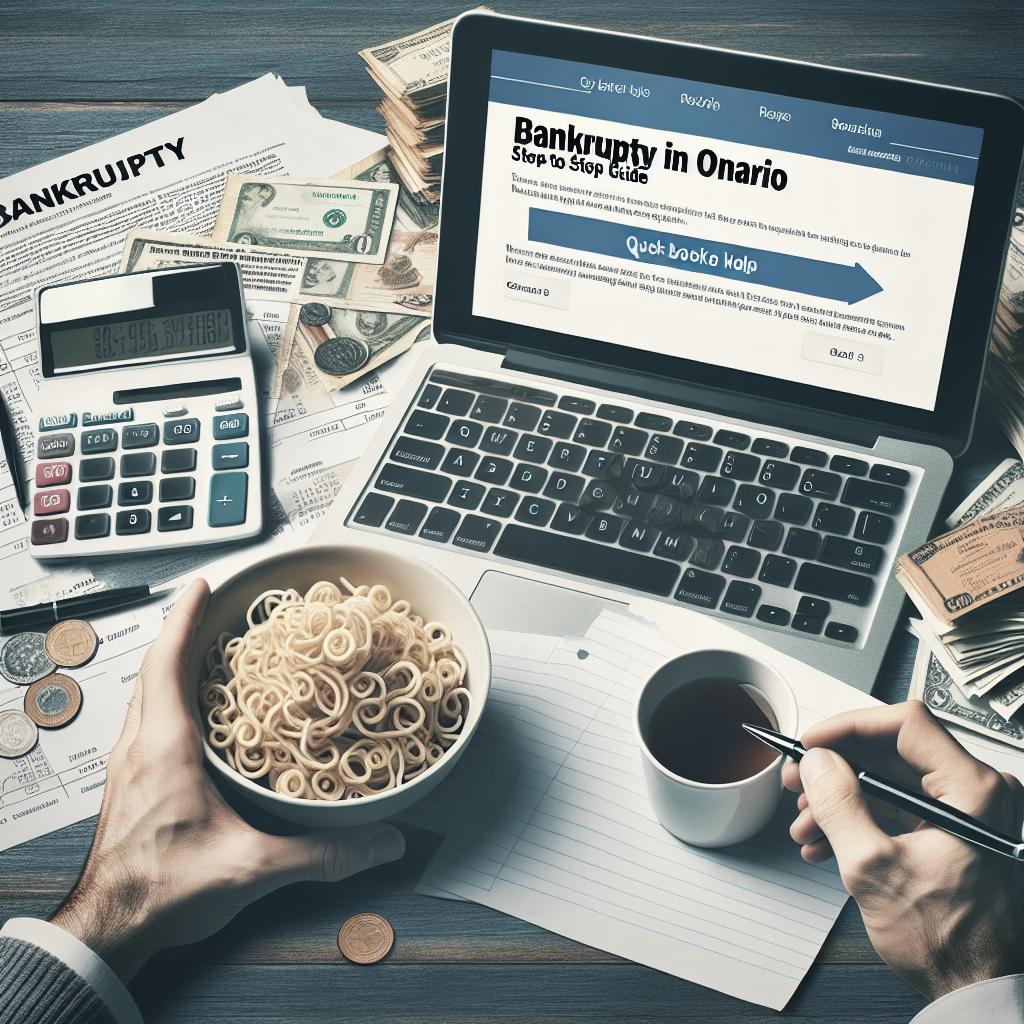When faced with financial setbacks, many individuals consider consumer proposals as a way to manage their debt. However, one significant concern is how this impacts their ability to secure new credit, particularly credit cards. This post will explore the implications of a consumer proposal on your credit score, the steps required to rebuild credit, and timelines for when you can reasonably expect to be eligible for various types of credit, including mortgages, vehicle financing, and credit cards. Additionally, we will provide a practical guide with essential strategies for rebuilding your credit known as “The SANDS Plan” and discuss the best routes to becoming debt-free.
Credit Scores After an Insolvency Filing
Filing for insolvency, such as through a consumer proposal, has a significant and immediate impact on your credit score. Typically, your credit rating drops to one of the lowest levels, R9, indicating a serious credit issue. This can make it challenging to qualify for any new form of credit, including credit cards, loans, and mortgages. The consumer proposal remains on your credit report for three years after you complete your proposal or six years from filing, whichever comes first. During this time, it’s critical to manage any existing credit accounts responsibly to start rebuilding your credit profile. Your initial focus should be on minimizing any further damage and developing a plan for financial recovery.
Getting Credit After an Insolvency Filing
Mortgages After Insolvency
Securing a mortgage post-insolvency can be challenging but not impossible. Lenders typically require that the consumer proposal be paid in full and that a consistent repayment history is demonstrated for at least two years after completion. In addition, saving for a considerable down payment can improve your chances. Some alternative lenders may be willing to offer you a mortgage sooner, but likely at a higher interest rate. Therefore, patience and financial discipline are key to securing a favorable mortgage after a consumer proposal. Demonstrating a strong history of managing your finances post-insolvency is essential.
Vehicle Financing After Insolvency
Vehicle financing is often more accessible compared to mortgages. Many lenders specialize in offering car loans to individuals with poor credit or those who have filed for insolvency. However, these loans will usually come with higher interest rates and less favorable terms. To improve your chances of getting better rates, consider waiting until you’ve established some positive credit history post-proposal. Saving for a larger down payment can also make you a more attractive candidate to lenders. It’s wise to shop around and consider various financing options to ensure you’re getting the best deal possible.
Credit Cards After Insolvency
Getting approved for a credit card after insolvency is generally possible, but you’ll likely need to start with a secured credit card. A secured credit card requires a security deposit that acts as your credit limit. This deposit mitigates the risk for lenders, making them more likely to approve your application. Over time, as you demonstrate responsible use of your secured credit card, including making timely payments and keeping your balance low, you can qualify for unsecured credit cards. This transition usually occurs after about one to two years of consistent, positive credit behavior following your insolvency.
Can I Get Credit While I’m Insolvent?
Obtaining credit while you’re still in the midst of a consumer proposal is extremely difficult and generally not recommended. Lenders are hesitant to extend additional credit to individuals who haven’t completed their proposal agreements. Even if you do find a lender willing to offer credit, the terms will likely be unfavorable. If it’s essential to obtain credit during this time, consider exploring alternative options like a secured credit card or obtaining a co-signer. However, remember that taking on more debt before you have fully recovered financially can jeopardize your long-term credit rebuilding efforts. Address your current obligations first to establish a stable financial foundation.
Follow “The SANDS Plan” – 5 Essentials for Rebuilding Your Credit
1. S ecure a Payment Plan: Ensure all future credit accounts have a clear, manageable repayment plan to avoid falling behind. 2. A void New Debt: Focus on paying off existing debt before taking on new credit to demonstrate financial responsibility. 3. N avigate Financial Education: Take courses or seek advice to understand better personal finance management and credit building. 4. D evelop Savings: Establish an emergency fund to mitigate future financial setbacks and build a positive financial profile. 5. S tay Consistent: Make consistent, on-time payments to rebuild trust with lenders and gradually improve your credit score.
What is the Best Way for Me to Become Debt-Free?
Achieving a debt-free status starts with understanding your current financial position and creating a realistic budget that prioritizes debt repayment. Consider consolidating high-interest debts into more manageable payments with lower interest rates. Engage with credit counseling services to develop a personalized plan. Another approach is to generate additional income through part-time work or freelance projects to accelerate debt repayment. Practicing disciplined saving habits and curbing unnecessary expenses can also free up funds to put towards clearing debts. Patience and persistence are key, along with celebrating small victories along the way to staying motivated.
| Aspect | Details |
|---|---|
| Credit Scores After Insolvency | Significant immediate drop; consumer proposal stays on report for up to six years. |
| Mortgages After Insolvency | Possible after two years of proving financial responsibility; better with a substantial down payment. |
| Vehicle Financing After Insolvency | More accessible than mortgages; higher interest rates, but options improve with larger down payments. |
| Credit Cards After Insolvency | Begin with secured credit cards; transition to unsecured with positive credit behavior after 1-2 years. |
| Credit During Insolvency | Very difficult to obtain; consider secured cards or co-signers but prioritize existing debts. |
| The SANDS Plan | Secure a payment plan, Avoid new debt, Navigate financial education, Develop savings, Stay consistent. |
| Becoming Debt-Free | Understand finances, create a budget, consider debt consolidation, seek additional income, practice saving habits. |


